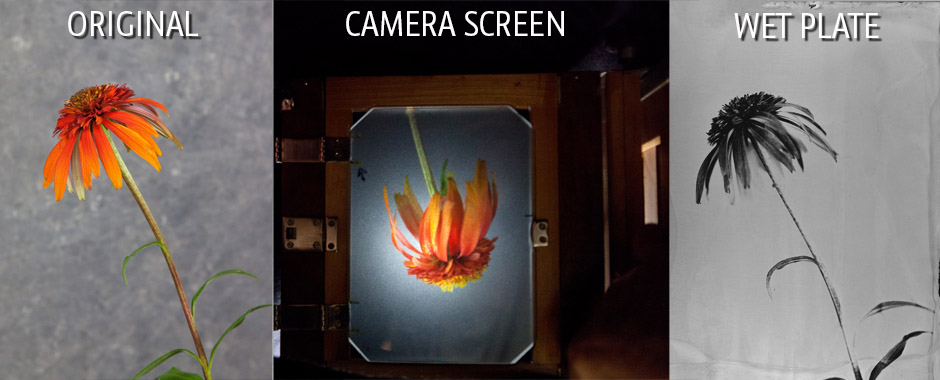Invented 1851 by Frederick Scott Archer

Frederick Scott Archer (1814-1857), was an English sculptor who had been using photo portraits to facilitate his sculptural work.
His discovery was the wet plate method, which was generally known as the "wet plate collodion process". It was the third method of photography in history. Daguerrotype and Calotype were introduced earlier but had both tremendous disadvantages. Daguerrotypes are difficult to produce and they are not reproducible . Calotype was, but carries the deficiences of the used paper.
Collodion was a viscous liquid - guncotton dissolved in ether and alcohol - which had only been invented in 1846, but which quickly found a use during the Crimean war; when it dried it formed a very thin clear film, which was ideal for dressing and protecting wounds. (One can still obtain this today, for painting over a cut).
With this new material light-sensive silver halides could be fixed on clear glass. The disadvantage was the short lifetime. After 5 minutes when the plate dries, the lightsesivitvy disappeared. So the darkroom must be placed near to the shooting place.
30 years later the wet plate process disappeared with the invention of the dry collodion plate. This plate was cheap, industrially produced and had a longer durability.